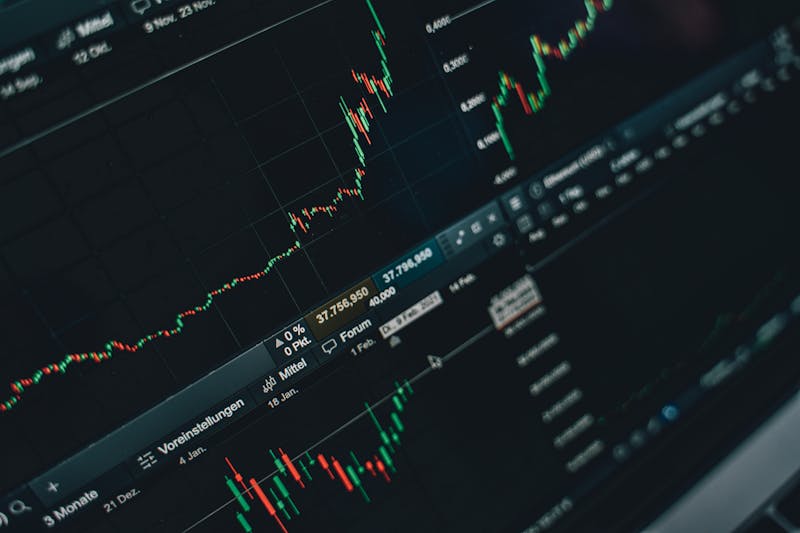Risk Management Essentials for Traders
Protect your trading capital with these proven risk management techniques and strategies.

Effective risk management is the foundation of successful trading. Even the best trading strategy will eventually fail without proper risk controls. This guide covers essential risk management principles and techniques to help protect your trading capital and sustain long-term profitability.
The Importance of Capital Preservation
The primary goal of risk management is capital preservation. Consider these mathematical realities:
- A 50% loss requires a 100% gain just to break even
- A 75% loss requires a 300% gain to recover
- A 90% loss requires a 900% gain to recover
These numbers illustrate why avoiding large losses is critical to long-term trading success.
Essential Risk Management Techniques
1. Position Sizing
Position sizing determines how much of your capital you risk on any single trade. Common approaches include:
- Fixed Percentage Risk: Risk a consistent percentage (typically 1-2%) of your trading capital on each trade.
- Kelly Criterion: A formula that determines optimal position size based on win rate and risk/reward ratio.
- Volatility-Based Sizing: Adjust position size based on market volatility, taking smaller positions in more volatile conditions.
2. Stop Loss Orders
Stop losses are orders to exit a position when the price reaches a predetermined level. They limit potential losses and remove emotion from the exit decision. Types include:
- Technical Stop Losses: Based on support/resistance levels, moving averages, or other technical indicators.
- Volatility-Based Stops: Set at a specific distance from entry based on the asset's average true range (ATR) or other volatility measure.
- Time-Based Stops: Exit if the trade hasn't reached its target within a specific timeframe.
3. Risk-Reward Ratio
The risk-reward ratio compares the potential loss of a trade (risk) to its potential profit (reward). A general guideline is to aim for trades with a risk-reward ratio of at least 1:2, meaning the potential profit is at least twice the potential loss.
4. Correlation Management
Taking multiple positions in highly correlated assets effectively increases your exposure to a single risk factor. Diversify across uncorrelated or negatively correlated markets to reduce portfolio risk.
Advanced Risk Management Strategies
1. Hedging
Hedging involves taking offsetting positions to reduce exposure to specific risks. Examples include:
- Using options to protect stock positions
- Taking positions in negatively correlated assets
- Using futures contracts to hedge commodity price risk
2. Portfolio Heat
Portfolio heat measures the total risk exposure across all open positions. Setting a maximum heat limit (e.g., 6% of total capital at risk across all trades) prevents overexposure during volatile periods.
3. Scenario Analysis
Regularly stress-test your portfolio by simulating extreme market events to understand potential losses under adverse conditions.
Psychological Aspects of Risk Management
1. Accepting Losses
Successful traders view losses as a normal cost of doing business. Develop the discipline to exit losing trades according to your predetermined rules.
2. Avoiding Revenge Trading
After a loss, there's often a temptation to immediately enter another trade to "win back" the lost money. This emotion-driven behavior typically leads to further losses.
3. Managing Winning Streaks
Success can breed overconfidence and excessive risk-taking. Maintain consistent risk parameters regardless of recent performance.
Implementing a Risk Management Plan
- Document your risk management rules in writing
- Incorporate risk parameters into your trading plan
- Review and adjust your risk management approach regularly
- Track risk metrics alongside performance metrics
- Conduct post-trade analysis to identify risk management improvements
Conclusion
Effective risk management is what separates professional traders from amateurs. By implementing these risk management principles and techniques, you can protect your trading capital during inevitable drawdowns and position yourself for long-term trading success.
About Sophia Martinez
Expert trader and financial analyst with over a decade of experience in the markets. Specializes in technical analysis and risk management strategies.


